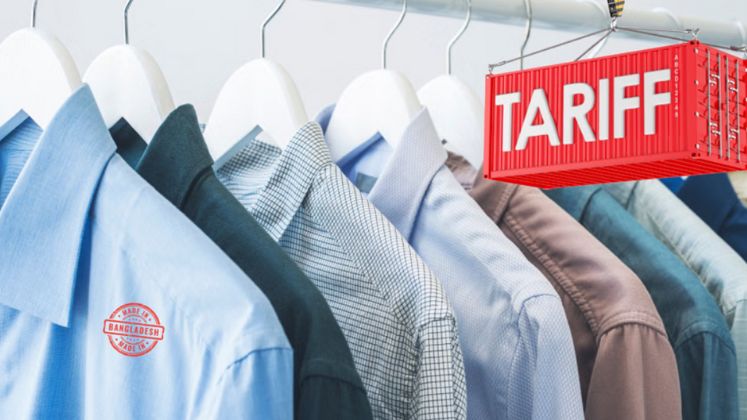
The United States is poised to implement higher tariffs on dozens of trading partners starting Friday if agreements are not reached to prevent the increases, potentially leading to higher prices for American consumers. The move, announced by President Donald Trump, aims to pressure countries to negotiate trade deals, but economists warn that the resulting tariffs could raise business costs and ultimately be passed on to households, dampening consumer spending, a vital component of the US economy.
The scope of the tariffs encompasses a wide range of products, including clothing. Specifically, apparel items such as shirts and sweaters are expected to become more expensive as a result of the new duties.
China, Vietnam, and Bangladesh are the primary sources of US apparel imports, accounting for over half of the shipments from January through May, according to the American Apparel & Footwear Association. China, which supplies nearly a third of US clothing imports, faces a new 30% tariff this year, stacking atop existing duties. If the current trade truce, set to expire on 12th August, is not extended, tariffs on Chinese goods could rise further.
Vietnam and Bangladesh are also significantly affected, with Vietnam responsible for nearly 20% of clothing imports and Bangladesh making up about 11%. President Trump has also threatened to impose a 35% duty on Bangladeshi goods, raising concerns about the cost impact on apparel from these countries.
The escalation of tariffs underscores the ongoing trade tensions and potential repercussions for consumers and manufacturers alike, as the US seeks to leverage tariffs as a tool to shape trade policy.






